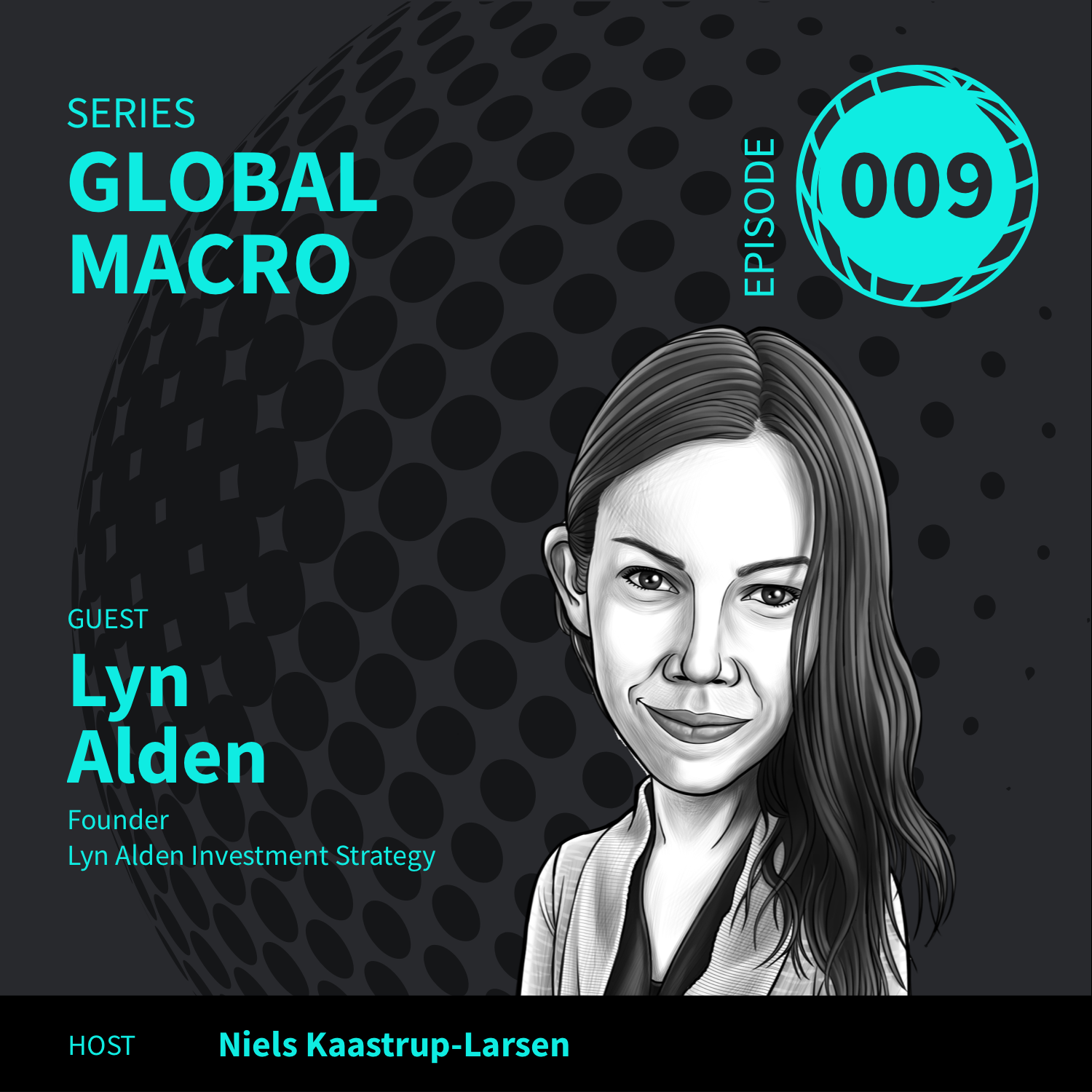- Business
- Investing
- SEE MORE
- classical
- general
- talk
- News
- Family
- Bürgerfunk
- pop
- Islam
- soul
- jazz
- Comedy
- humor
- wissenschaft
- opera
- baroque
- gesellschaft
- theater
- Local
- alternative
- electro
- rock
- rap
- lifestyle
- Music
- como
- RNE
- ballads
- greek
- Buddhism
- deportes
- christian
- Technology
- piano
- djs
- Dance
- dutch
- flamenco
- social
- hope
- christian rock
- academia
- afrique
- Business
- musique
- ελληνική-μουσική
- religion
- World radio
- Zarzuela
- travel
- World
- NFL
- media
- Art
- public
- Sports
- Gospel
- st.
- baptist
- Leisure
- Kids & Family
- musical
- club
- Culture
- Health & Fitness
- True Crime
- Fiction
- children
- Society & Culture
- TV & Film
- gold
- kunst
- música
- gay
- Natural
- a
- francais
- bach
- economics
- kultur
- evangelical
- tech
- Opinion
- Government
- gaming
- College
- technik
- History
- Jesus
- Health
- movies
- radio
- services
- Church
- podcast
- Education
- international
- Transportation
- Other
- kids
- podcasts
- philadelphia
- Noticias
- love
- sport
- Salud
- film
- and
- 4chan
- Disco
- Stories
- fashion
- Arts
- interviews
- hardstyle
- entertainment
- humour
- medieval
- literature
- alma
- Cultura
- video
- TV
- Science
- en
GM09: Mistakes from the past to guide us forward ft. Lyn Alden

We are very pleased to welcome Lyn Alden to the studio today, the founder of Lyn Alden investment strategy. Lyn is from an engineering background, and hence, as you might expect, brings a logical and rigorous approach to thinking about economics and financial markets. In our fascinating conversation Lyn was able to draw on her considerable knowledge and understanding of history to inform us in thinking about today\u2019s problems. Our discussion spanned high level thinking about multi decade trends, but also very granular recommendations for the portfolio of assets you should hold today.\n\nTopics Discussed in this Episode\n \n\nLong run debt cycles\nDeleveraging and inflation in the 1920\u2019s and 1940\u2019s\n\n\n"By the 1940s the private debt bubble was mostly worked off, but then, of course, we entered the WWII period; we had massive federal deficits as a percentage of GDP. ... In order to fund those deficits, the Federal Reserve had to take over the Treasury because there wasn't enough natural appetite for the public to buy all those treasuries. So, the Federal Reserve did something that was, basically, quantitative easing, even though they didn't call it that back then."\n\n\nThe 2008 Great Financial Crisis\n\n\n\u201cThis time we have a very high federal debt and very high private debt at the same time. So, back then (1930s) we had one after the other; first, we had a private debt bubble then we had a federal debt bubble. So, they worked them off kind of separately, a decade apart. Whereas, in this time, we had a partial deleveraging ten years ago, but we did not have a deleveraging in the corporate sector. Then, of course, we've had an increase in the federal sector. Basically, we have a larger debt problem to work through...\u201d\n\n\nThe Wealth Effect\u2019 vs free markets\n\n\n\u201cA big difference that can actually have them \u201csucceed\u201d in causing inflation is that instead of a lot of this QE winding up in asset prices and winding up in the financial system, a lot of it is getting injected into the economy in the form of business loans that turn into grants and helicopter money to consumers, extra unemployment benefits...\u201d\n\n\nDebt and demographics\nQE and inflation\n\n\n"You could have mid-single-digit sustained inflation with an occasional spike, especially in a yield curve control environment where they don\u2019t raise rates to stop inflation. But, that could quickly get out of control if the global investors lose confidence in the currencies and bonds."\n\n\nGeopolitics and the possibility of war\n\n\n"You don\u2019t want to rely on masks from China if you\u2019re in a contest with China in a great war struggle. Even if it\u2019s not a hot war if it\u2019s a cold war you still don\u2019t want most of your medicines made by your cold war antagonist."\n\n\nPortfolio inflation hedging\nBitcoin\n\n\n\u201c... it seems odd to me not to have, say, 1% in bitcoin because the market cap, right now, fluctuates between one and two hundred billion but gold's market cap is like ten trillion based on estimates for how much gold (above ground gold) exists in the world and what its current price is.\u201d\n\n\nDebt jubilees\n\n\n\u201c Those supply chains for oil can be disrupted. We saw that happen in Saudi Arabia where they were attacked and they lost energy output. I do think we could see a period where we have more commodity scarcity this decade. I think there\u2019s some of the tail risk to look out for is either certain commodity scarcity or how significantly we could have currency devaluations.\u201d\n\n\nPension fund investing in a low yield world\n\n\n\u201c\u2026 there are a lot of pensions that have to own bonds\u2026 We\u2019ve had a forty-year global cycle in lower and lower yields so bonds have had a re...